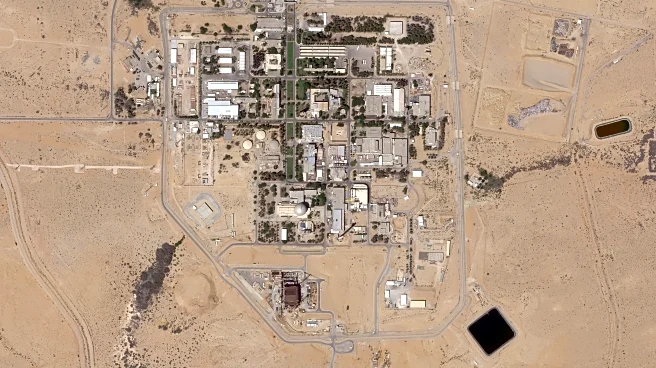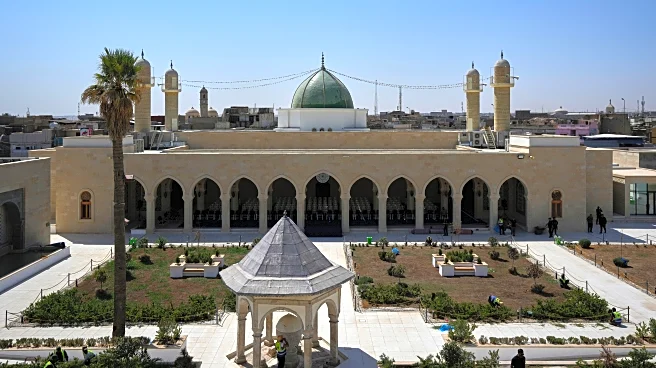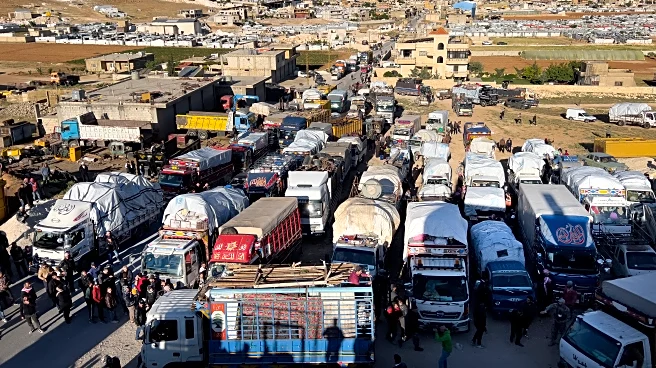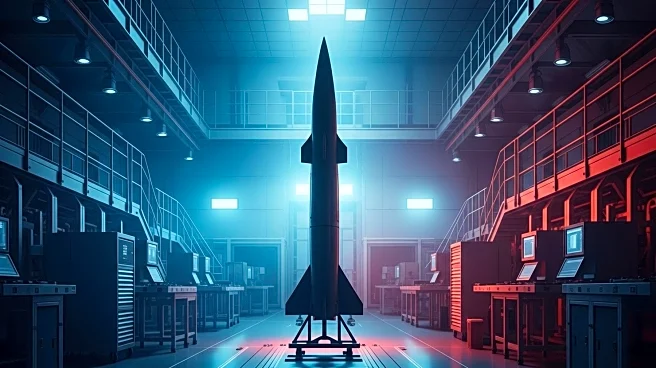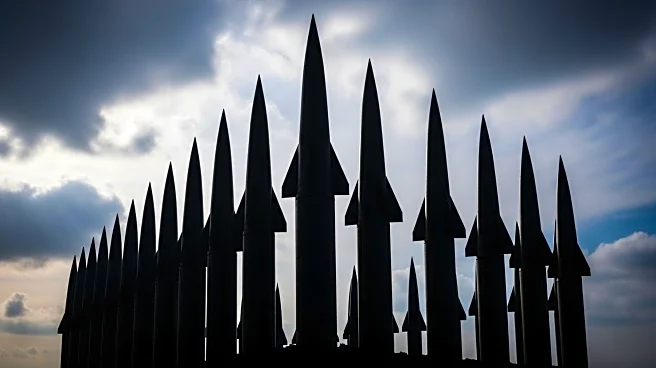What's Happening?
The United Nations' nuclear watchdog, the International Atomic Energy Agency (IAEA), has found traces of uranium at a site in Syria, believed to be part of a former clandestine nuclear program. The site, located in Deir el-Zour province, was reportedly built by North Korea and destroyed by Israeli airstrikes in 2007. The IAEA's findings suggest activities related to nuclear weapons, with uranium particles consistent with nuclear reactor processes. The discovery follows Syria's cooperation with the IAEA after the fall of former President Bashar Assad, allowing inspectors to access the site.
Why It's Important?
The discovery of uranium traces at the Syrian site raises concerns about nuclear proliferation and regional security. It highlights the potential for undeclared nuclear activities in volatile regions, posing risks to international peace and stability. The findings may influence global nuclear policy and prompt further investigations into Syria's past nuclear activities. The situation underscores the importance of international oversight and cooperation in preventing nuclear proliferation.
What's Next?
The IAEA plans to evaluate the environmental samples and may conduct follow-up activities at the site. The agency's findings could lead to increased scrutiny of Syria's nuclear intentions and potential diplomatic actions. The international community may push for transparency and accountability in Syria's nuclear activities, potentially affecting regional relations and security dynamics.


